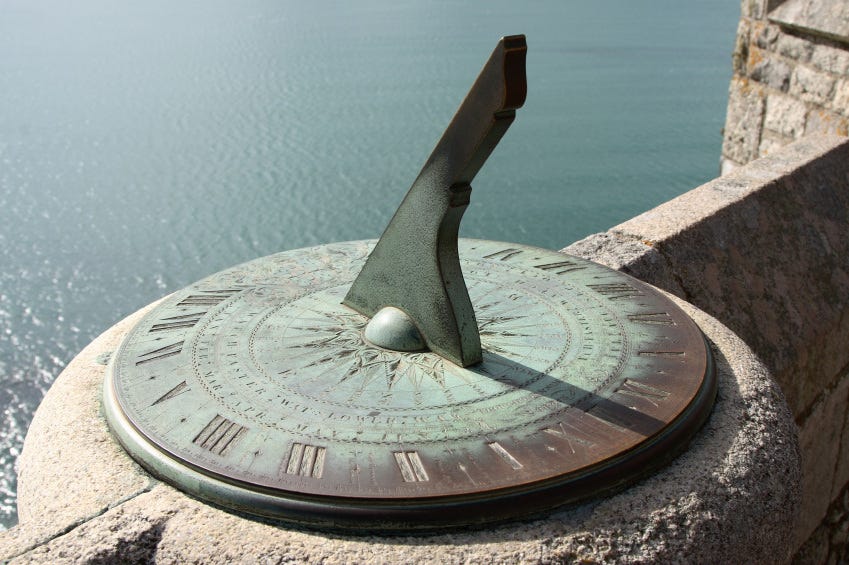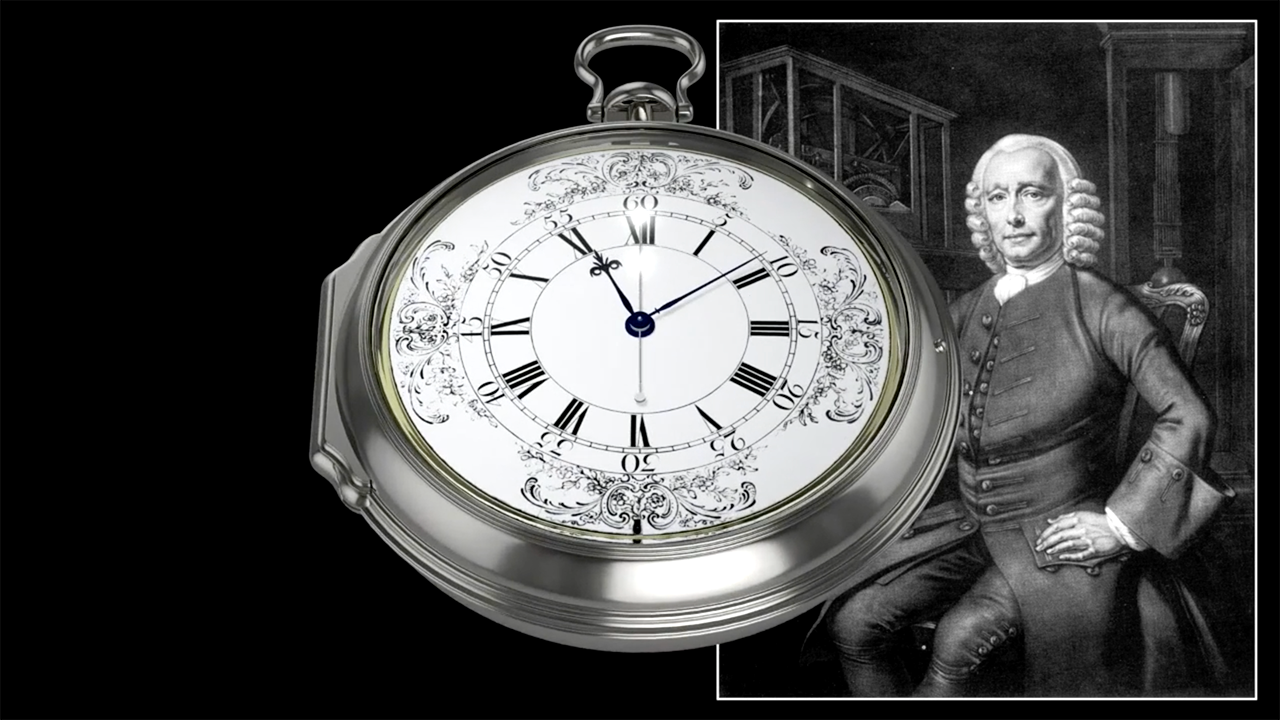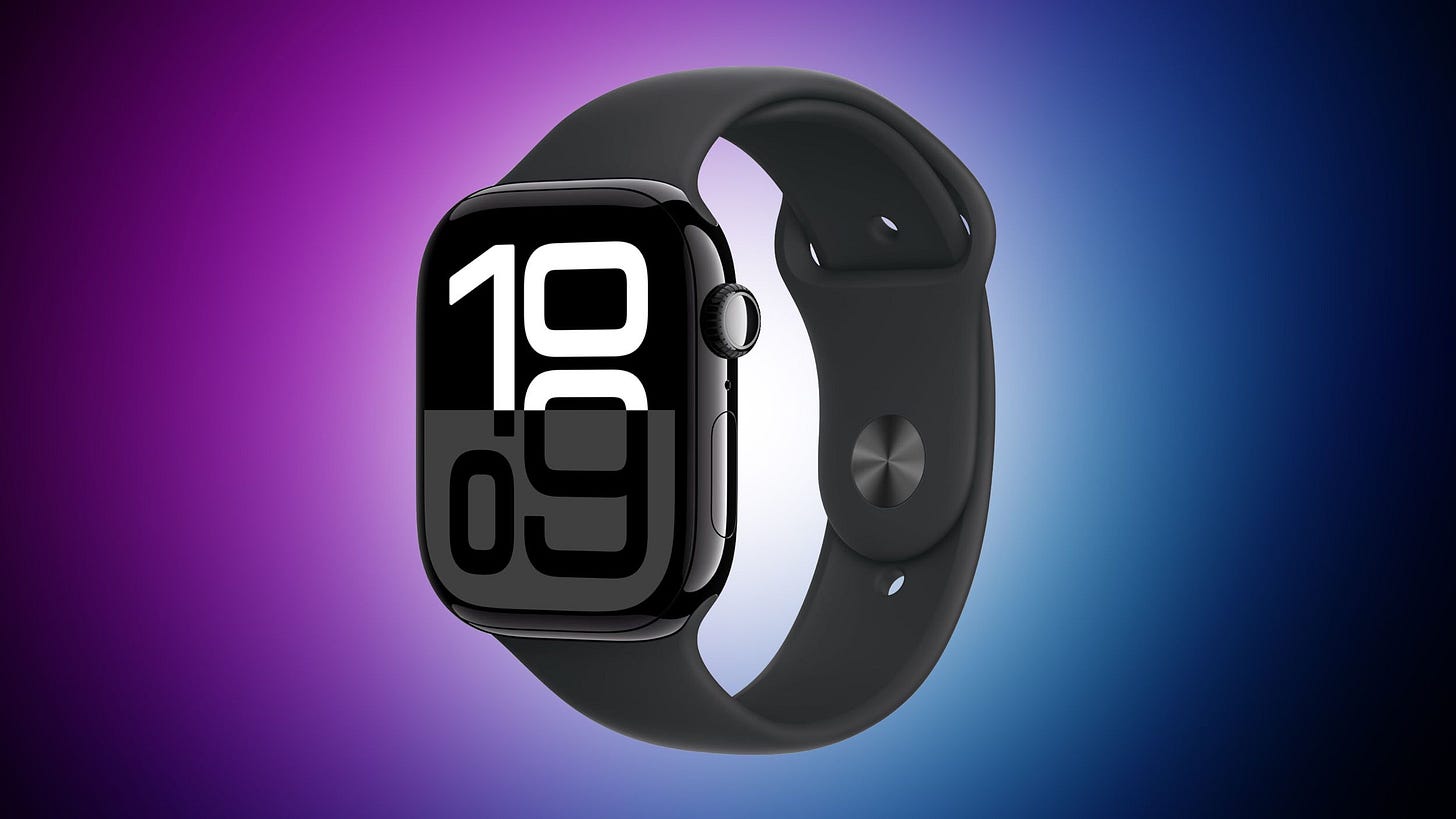A Brief History of Timekeeping: From Shadows to Smartwatches
5,000 Years of Timekeeping Innovation
Welcome, watch enthusiasts!
Today we’re embarking on a fascinating journey through the history of timekeeping—a story that spans thousands of years, from the shadows of ancient sundials to the sleek, tech-packed smartwatches we wear today. Whether you’re a collector of vintage mechanical watches or a fan of the latest Apple Watch, there’s something magical about how humans have learned to measure time.
So, grab a cup of coffee and let’s travel through the ages of timekeeping—complete with stories, facts, and milestones to tickle your curiosity.
The Dawn of Timekeeping: Sundials & Water Clocks (3000 BCE)
Our story begins in ancient Egypt, around 3000 BCE, with the invention of the sundial. A simple vertical stick (the gnomon) cast a shadow on a marked surface, dividing the day into segments. Egyptians used sundials to plan rituals and farming, but of course, they only worked when the sun was shining. Imagine waiting for the clouds to clear just to check the time—frustrating, right?
By 1500 BCE, Egyptians innovated again with the water clock (clepsydra). These measured time by the steady flow of water, even at night. A famous example, found in the tomb of Pharaoh Amenhotep I, was a marked stone vessel showing the passage of hours as the water drained. The Greeks later used water clocks in courtrooms to limit lawyers’ speaking time—an ancient version of “time’s up!”
The Middle Ages: The Birth of Mechanical Timekeeping (13th Century)
Fast forward to medieval Europe. By the late 1200s, monks needed more reliable ways to regulate prayer times. Enter the mechanical clock, powered by weights and gears, with the escapement mechanism giving us the familiar tick-tock.
One of the earliest still in existence is the Salisbury Cathedral clock (1386), which struck a bell every hour. No hands, no dial—just sound marking the rhythm of life. These clocks weren’t highly accurate (losing up to 15 minutes a day), but they marked a turning point: time was no longer purely natural—it could be engineered.
Then came the portable watch. In the early 1500s, German locksmith Peter Henlein developed spring-powered “Nuremberg Eggs.” They were bulky, inaccurate, and wound every few hours, but they were the ultimate Renaissance status symbol. Queen Elizabeth I herself owned one.
The Age of Precision: Pendulums & Marine Chronometers (17th–18th Century)
The 1600s transformed accuracy forever. In 1656, Christiaan Huygens invented the pendulum clock, harnessing gravity and harmonic motion. These clocks lost just 10 seconds per day—a staggering leap forward.
At sea, though, pendulums were useless. Sailors needed precision to calculate longitude. In 1714, Britain offered a £20,000 prize (around £3m today) for a sea-worthy solution. After decades of work, self-taught carpenter John Harrison unveiled the H4 marine chronometer (1759). During its trial voyage, it lost only 5 seconds in 81 days. Harrison’s invention changed navigation forever and saved countless lives. Today, his chronometers are displayed at the Royal Observatory in Greenwich—a pilgrimage spot for any watch enthusiast.
The Quartz Revolution: Accuracy for All (20th Century)
If Harrison made timekeeping possible at sea, quartz made it universal. In 1969, Seiko unveiled the Quartz Astron. Quartz crystals vibrate at 32,768 Hz when electrified, keeping near-perfect time.
This revolution toppled the industry. Between 1970 and 1983, Swiss mechanical watch sales dropped by 25%. Quartz watches were cheaper, more accurate, and mass-producible. By the 1980s, they dominated the world.
And yet, mechanical watches weren’t defeated. Instead, they reinvented themselves as luxury objects—symbols of craftsmanship, heritage, and status. Today, over 1 billion quartz watches are made annually, while mechanicals thrive in the enthusiast and collector space.
The Smartwatch Era: More Than Time (21st Century)
Timekeeping has entered the digital age. Though early smartwatches like IBM’s WatchPad appeared in 2001, it was Apple’s 2015 launch that changed everything.
Now, watches are health trackers, fitness coaches, and communication tools. The Apple Watch alone sells 50 million units annually, dominating 50% of the market.
While still powered by quartz oscillators, smartwatches sync with atomic time via GPS, achieving astonishing precision. But the trade-off? Battery life. Unlike mechanical watches that can run for years, most smartwatches need charging daily.
A Timeless Story: The Titanic Watch
In 1912, when the RMS Titanic sank, passenger Sinclair Hood’s pocket watch stopped at 2:28 AM—the exact time the ship disappeared beneath the Atlantic. Retrieved decades later, its hands remain frozen, a haunting symbol of how time and history intertwine. The watch is now displayed at the Titanic Museum in Missouri, a poignant reminder of both human tragedy and the timelessness of horology.
What’s Next for Timekeeping?
The future is already here: quantum clocks. These measure time using atoms and ions, accurate to within 1 second over 30 billion years—longer than the universe has existed. While still far too large to fit on a wrist, they hint at a future where precision is nearly infinite.
Will we one day wear quantum watches? Perhaps. But whether it’s a sundial, a marine chronometer, or an Apple Watch, one truth remains: timekeeping is as much about human ingenuity as it is about measuring hours.







